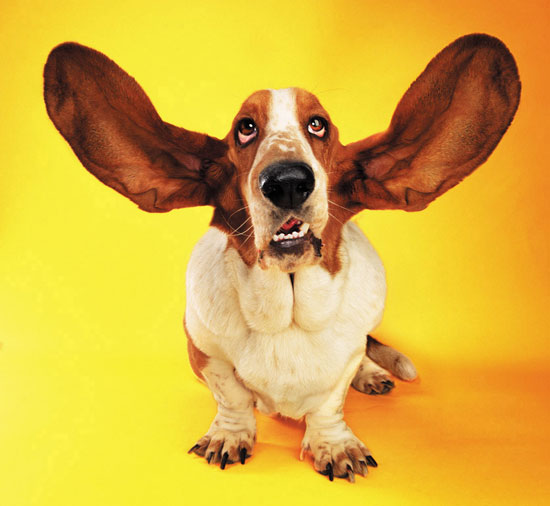
You know that dogs have an excellent hearing range. They’re the first to notice a door bell or a small noise. But there are some facts you probably don’t know. Never again!
While some humans can wiggle their ears, human ears don’t move independently and don’t get a lot of motion. Dogs, however, have over a dozen muscles in their ears specifically for movement allowing them to tilt, turn, raise and lower their ears.

The human ear canal is a straight shot from the outside to the eardrum. But your dog’s ears take a sharp, 45-degree turn inside the ear canal. This helps trap dirt, debris, and sometimes bacteria and yeast before it reaches the eardrum. Sometimes those nasty irritants get trapped inside your dog’s ears without regular ear care.

A dog’s ear is essential for balance. In fact, inner ear infections are a frequent cause of our dogs losing balance. Head to the vet if your dog looks wobbly.

Puppies are born deaf, but can generally hear within a few weeks. While this can be dangerous out in the wild, there are advantages to a shorter gestation period for dogs; perhaps giving birth early allowed mother dogs to get back to hunting sooner.
